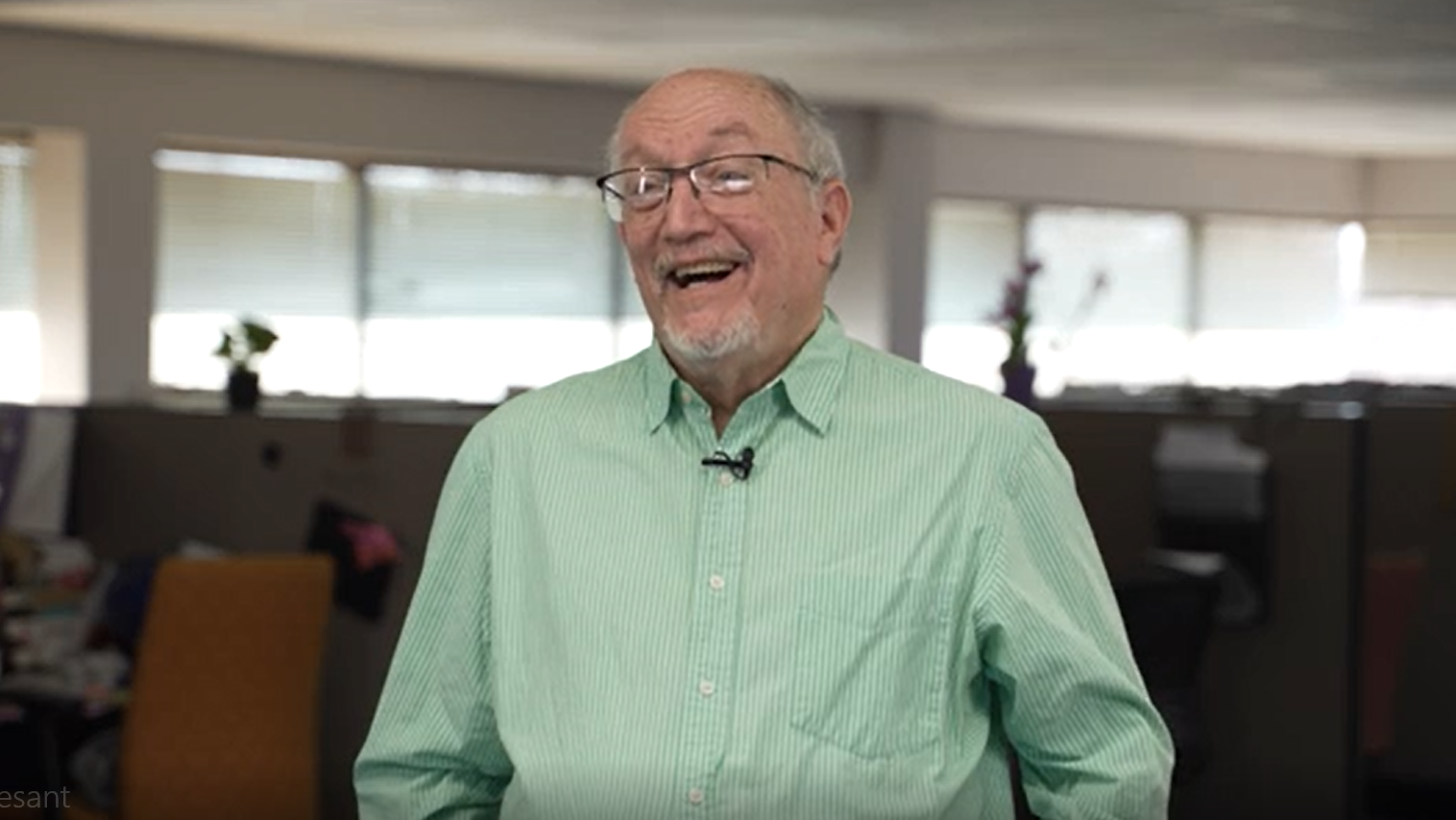An Old Friend
Ron Stuyvesant came to Aunt Martha’s in 1999, wooed from a community-based organization in Central Illinois by Gary Leofanti. The agency – which that year became the first child welfare provider in Illinois to receive Federally Qualified Health Center status – was, despite its stellar reputation, a revelation to the veteran administrator. The next 16 years would be one revelation after another.
We were very glad to sit down with our old friend earlier this year, and we are happy to share a portion of that conversation with you today.
Aunt Martha’s like it’s 1999
When I actually got to the agency, I was surprised. Look, Aunt Martha’s does healthcare! Medical care. There was no agency that I’d ever worked at that did something like this. It was always referring to other organizations and often that would simply be, unfortunately, sending a referral slip. And whether they got the care or not, it was hard to find out.
So I was amazed that Aunt Martha’s did that, did family planning, did substance abuse services, things that most social service agencies were never involved in.
Growing Health Care Services
I was lucky to be there when there was tremendous growth in health care services. Initially, the focus was, “Let’s just add some more services at the health centers we had.” And so we got some grants for that.
Then [the focus became], “We should add some services that are needed,” which has always been Aunt Martha’s forte, and behavioral health services were added. And a lot of community health centers did not want to touch that – a very difficult component to do as part of a community health center.
Aunt Martha’s began to see that there were other communities either that we were involved in, or maybe some that we didn’t have any presence, that really needed community health care. And [the agency] also began to think, “We don’t have to just build health centers. We can partner with hospitals and other community agencies and put health centers where they’re really needed.”
It just continued to grow.
Consistent Commitment to Quality
You need to be able to demonstrate the capacity and the quality of services. And Aunt Martha’s really did that. So we had the documentation needed to show our commitment, our capability to go into new communities and — if not overnight, it seemed like that — get up and running and hire competent people to do the work.
Always Willing to Respond
Even though Aunt Martha’s now is even much bigger than when I was here, they’re still doing the same thing. They’re still offering coordinated, comprehensive services. And if there’s a need out there that isn’t being met, I’m sure Aunt Martha’s is saying, “Why not us? We can do that.” It makes it a very unique, special organization.
A Legacy of Good Will
I went into the bank one day and I think I had an Aunt Martha’s shirt on or something. I went up to the teller, she asked if I worked for Aunt Martha’s.
And when I said yes, she said years ago she went to Aunt Martha’s for family planning services and it meant a lot to her. And that was really a special day for me.

